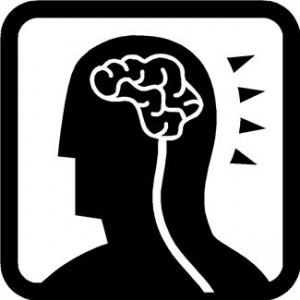We’re getting ready to watch the Academy Awards this Sunday and are talking about our favorite nominees. “The Fighter” is an office favorite, nominated for multiple Oscars including Best Picture. For those who haven’t had the chance to see it, the movie shows the early life of boxer Micky Ward working his way up to pro status in the economically drained town of Lowell, Massachusetts. Micky’s half brother Dicky, also a boxer, is Micky’s trainer but proves to be consistently unreliable due to his crack addiction. Dicky agrees to have his daily life as a crack addict captured on film by an HBO camera crew, believing this is his shot at a boxing comeback, but which ultimately casts him in a less-desirable role as a leading man in the documentary “High on Crack Street: Lost Lives in Lowell.” If you’re interested in learning more about the documentary that’s depicted in “The Fighter” you can watch it in its entirety online, but due to its graphic nature isn’t recommended for young viewers.
While the role of addiction is still in the hollywood spotlight, I am inspired to take this opportunity to share some statistics from a presentation by Pat Wolfe, Ed.D entitled, “The Adolescent Brain and Addiction.”
- The substance dependent brain is physiologically and chemically different rom the normal brain.
- The progression of the disease is influenced by genetic and environmental factors.
- The brain uses natural opiates to reward behaviors that enhance survival and are commonly released by:
- Food
- Sex
- Social Interactions
- Some non-natural opiates (drugs) are so similar to neurotransmitters in their chemical composition that they fit into the receptor sites of the brain’s own opiates.
- When the brain is consistently subjected to artificially high levels of dopamine, the brain starts making less of its own, leaving the user depressed, fatigued, and going into withdrawal unless they relieve it with more of the drug.
- Addictive drugs dramatically blunt neural activity which may lead to poor decision making and problems with impulse control.
- The average age kids start to drink is 12.94 years
- By 12th grade more than 80% of students have consumed alcohol in the past 30 days
Early intervention is key in making sure addicts have a chance at a successful future. Dicky Eklund had a reality check to a degree that many will never get from watching himself as an addict in the HBO documentary and years later in a box office hit. If you know someone who can’t see the addiction, help them yourself or ask for help from someone you trust. To learn more amazing facts about the brain, visit Pat Wolfe’s website www.patwolfe.com










